What do you picture when you hear “commercial property?” It likely doesn’t inspire visions of high-minded design that catches the eye. Whether it is a big box store, a strip mall, a corporate office park, a hotel, or something else, vanilla looks, and forgettable features may be what comes to mind.
Commercial properties may serve a far more utilitarian purpose than custom-built homes or other high-design properties, but they are too frequently an underutilized blank canvas. With the right materials and a healthy dose of creativity, everything from small, standalone businesses to large national chains can stand out and make a staggering first impression.
The challenge: Looks that impress often involve multiple types of building materials, separate sourcing considerations, and sometimes a litany of specialized installers. Then comes the all-important considerations of long-term performance and building maintenance.
Designs That Dazzle
As a building medium, fiber cement has seen significant technical advancement, making it one of today’s most versatile cladding options for projects big and small.
During manufacturing, fiber cement panels are malleable, which allows them to easily mirror the looks and textures of traditional materials such as concrete, brick, wood, stone, and more. Because they are not the real thing, fiber cement cladding is frequently offered at a lower price point to the designer and builder.
Because fiber cement is so impressionable, high-gloss, minimalist looks are equally as available as ones that mimic rough-cut hardwood or impressed concrete. Some manufacturers even offer custom colors to be specified at no additional cost or minimum quantity. This benefits businesses that covet a uniform look between their locations. It also means specific, cutting-edge looks are available at a designer’s request.
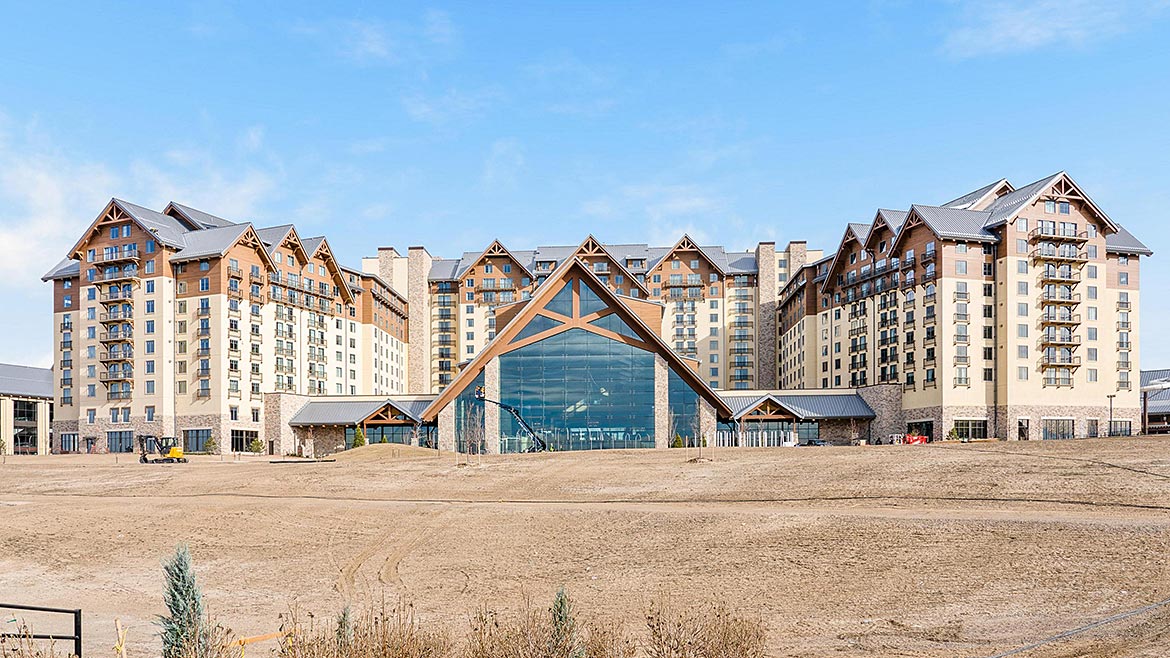
More Resilience, Less Maintenance
Particularly for commercial properties, cladding of any kind is subject to a real-world torture test. Facilities must be attractive and welcoming for visitors and tenants, as well as resilient enough to endure high traffic and climate considerations.
Fiber cement can very closely reproduce the look of traditional building materials for exterior cladding, but because they are not comprised of wood or concrete, fiber cement panels circumvent the typical pitfalls that come with their natural-made counterparts. Panels are more resistant to cracking or warping, do not need to be oiled, and can perform for years with minimal maintenance.
Fiber cement cladding systems often install with the same track or clip systems. This means panels of varying looks, patterns, or textures can frequently be installed side by side. Though traditional building materials can also do this, it can come with additional considerations or even require the use of different installers for each cladding type.
This was particularly valuable for Colorado’s Gaylord Rockies Resort & Convention Center. Project designers sought an exterior aesthetic that mimicked the traditional looks of a mountain chalet but was highly resilient against the area’s climate. Fiber cement came to the rescue, meeting the designer’s desired looks while also being able to withstand the high winds, heavy snow, and other severe weather characteristic of the Rocky Mountain region.
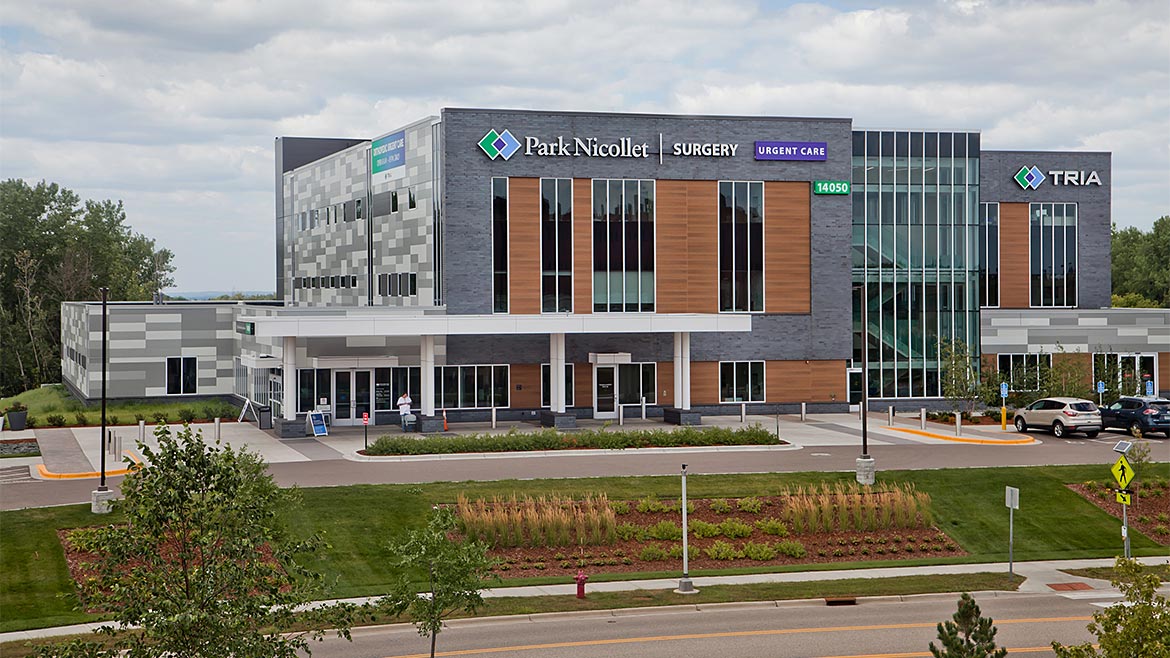
Impressive Resilience
Starting around 5/8 inch (16 mm) and up, architectural wall panels have a thickness advantage over many other cladding options.
The material’s value to the building envelope goes beyond this passive feature.
Cladding of this sort is frequently engineered with a built-in rainscreen, which allows it to serve as any building’s primary weather barrier. Panels are coated with extremely durable finishes that are elegant and fully capable of resisting UV damage, high winds, and even rain and hail.
Though panels rarely need replacement, repair is simple should a weary customer mistake their vehicle’s gas pedal for the brake and subsequently crash into the building. In such an instance, only two neighboring fiber cement panels need to be removed for replacement.
When repairs are needed, property managers need not worry about building material lot numbers or mismatched repair finishes. Even years later, replacement fiber cement panels can be installed for a highly uniform look.
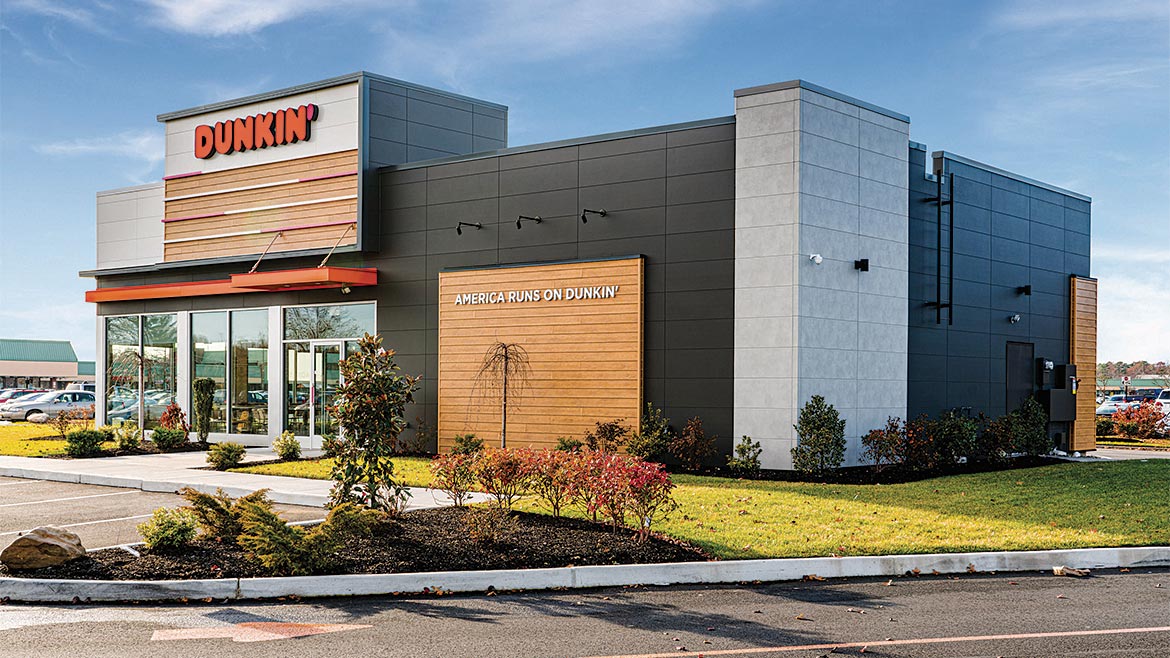
Environmental Considerations
What fiber cement affords designers and architects is an unmatched ability to mimic exotic and hard-to-source materials.
Consider the notion that top-choice hardwoods require significant resources to be sourced, processed, and then transported. Cedar, for instance, can be one of the costliest lumber specifications for any structure. Even if this up-front cost were ignored, it would nonetheless require maintenance indefinitely. Similarly, woods like pine and spruce are subject to degradation over time. Both are vulnerable to hazards like rot, pest infestation, moisture intrusion, and more. Staining and other preservation methods are a certainty.
Those considerations are absent with fiber cement. Some products not only offer the looks of these wood species but also seamless looks in edges, corners, and soffits, areas where real wood can have difficulty.
In addition, fiber cement can be produced domestically, which means more desirable shipping timeframes, shorter distances between source and project, and largely, a smaller environmental footprint for the project.
Single Source Cladding
Manufacturers of fiber cement cladding tend to offer a wide variety of looks that closely resemble traditional materials. This affords commercial projects with a massive advantage: the ability to source a variety of cladding aesthetics from a single manufacturer.
Not only is this less of a headache than the associated logistics of multiple materials like brick and wood, but it also circumvents the specialized workforce associated with such installations. All fiber cement panels are installed in a similar way, meaning that a single installer can install looks that closely mirror wood, concrete, and brick.
These details are especially valuable for permanent modular construction projects, where build time and workforce utilization are top priorities. The Hilton Garden Inn in San Jose, CA is one such example where a fiber cement rainscreen was hugely beneficial for keeping the project on track. Architectural wall panels achieved the desired look while also accelerating construction timelines thanks to a clip installation system.
All of the above equates to cost savings for all, an expedited installation, and a smaller labor force, particularly vital with today’s skilled labor shortage.
Expansive Offerings
Fiber cement’s remarkable ability to closely mimic other materials equates to seemingly boundless customization options.
Commercial projects that utilize AWP for exterior cladding come with peace of mind as a side effect. This union is fruitful, offering generations of minimal-maintenance cladding with looks that impress. It is something unmatched by even the most resilient of traditional materials.




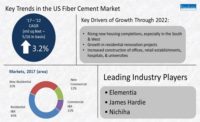
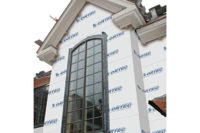
Report Abusive Comment